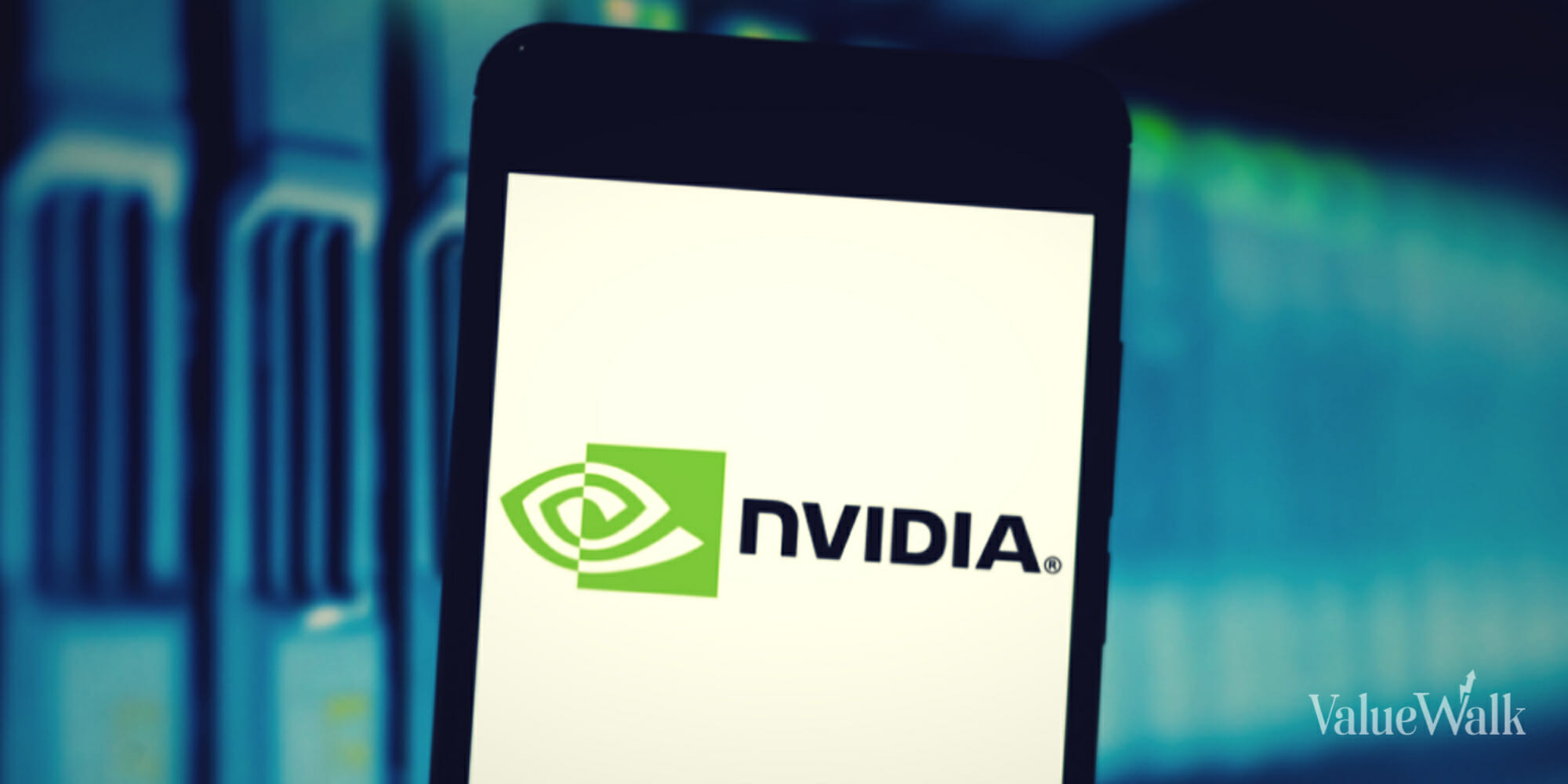If a handful of technology giants comprise the “Magnificent Seven,” then Nvidia (NASDAQ:NVDA) could be considered the most magnificent of them all. Truly, the hot topic of the year has been artificial intelligence (AI), and Nvidia has been the poster child of the machine-learning hype.
It’s an unusual pick, since Nvidia doesn’t develop generative AI applications like ChatGPT. Yet, everyone and his uncle discovered the perfect picks-and-shovels investment at the same time, as Nvidia develops processors that can power gen-AI applications.
Thus, the chipmaker’s massive success is “obvious” in hindsight, and seemingly everybody knows with 100% certainty that the company will have a blockbuster third-quarter 2023 earnings report. The problem is that when everyone in the market assumes one thing will happen, something else typically does.
Nvidia stock: A “compelling” valuation?
In the financial markets and elsewhere, it’s normal and natural for people to want to be on the winning team. This helps explain why, after 10 consecutive days of gains and a 240% year-to-date rally in Nvidia stock, the prevailing sentiment is that the stock isn’t over-stretched and will continue to rise.
Evidently, both retail traders and analysts are overwhelmingly bullish about Nvidia stock even though the U.S. government is enacting new restrictions on AI chip exports to China. Believe it or not, out of 38 prominent Wall Street analysts, 37 of them maintain a Buy or equivalent rating on NVDA, and the 38th analyst has a Hold rating on the stock.
I’m certainly not denying that Nvidia’s products are the best in class. Indeed, the company’s new AI-compatible chip, the H200, should help it keep its rivals at bay. On the other hand, Bloomberg Intelligence analyst Kunjan Sobhani suggested that the H200 chip’s launch isn’t anticipated until mid-2024.
In any event, the H200’s rollout won’t have an impact on Nvidia’s Q3 2023 results. Nonetheless, it feels like Wall Street is so forward-looking nowadays that it’s pricing Nvidia’s assumed future growth into the shares rather than looking back and reflecting on the company’s third-quarter performance.
That’s dangerous when Nvidia trades at 199 times its GAAP-measured trailing 12-month earnings. For reference, the sector median price-to-earnings (P/E) ratio is 24.9, so investors shouldn’t generalize that all technology stocks are overpriced and Nvidia’s valuation is typical.
Nevertheless, Bank of America (NYSE:BAC) analyst Vivek Arya somehow considers Nvidia’s valuation “compelling.” Evidently, bearish-leaning analysts are an extinct breed in late 2023. Goldman Sachs (NYSE:GS) analyst Toshiya Hari is typical, assigning a Buy rating and a $605 price target to NVDA stock.
In assigning that share-price objective, Hari is modeling best-case scenarios that haven’t actually happened yet. Specifically, the Goldman analyst anticipates “sustained revenue growth through CY2024” for Nvidia based on a “strong and broadening demand profile in the Data Center, plus an improving supply backdrop.”
Expecting a beat and raise
Oddly enough, it’s gotten to the point where analysts are setting expectations and then assuming Nvidia will beat those expectations. This calls into question whether those expectations make any sense at all.
I’ll refer to Arya, the aforementioned Bank of America analyst who thinks Nvidia’s valuation is “compelling,” as an example. Evidently, Arya expects Nvidia to “beat/raise consensus when it reports on Nov. 21.”
Statements like this from influential big-bank analysts could create a setup for massive disappointment come earnings-reporting time. It won’t be enough for Nvidia to hit a home run; only a grand slam will be good enough on Tuesday.
As the old saying goes, the bigger they are, the harder they fall. I found one prediction that Nvidia’s Q3 2023 data-center revenue will have grown 226% year over year. If this is the standard nowadays, then we’re living in strange times.
Here’s another way to look at it. In 2022’s third quarter, Nvidia earned 58 cents per share. Fast-forward to the third quarter of 2023, and Wall Street’s experts predict that it will have earned $3.37 per share.
Has the NVDA share price gone too high, or have the market’s earnings expectations gotten out of control? The answer may be, “All of the above.” Investors are behaving as if Nvidia were the only AI chipmaker in Silicon Valley, which of course isn’t the case.
Another “Magnificent Seven” member, Microsoft (NASDAQ:MSFT), plans to introduce its own AI chips. With this industry being so lucrative lately, don’t be too surprised if more tech firms jump into the fray with their own AI-compatible processors.
In other words, Nvidia has a heavy burden as the number-one darling of the financial markets in 2023. Whether Nvidia can retain that title in 2024 is questionable — and whether the company can possibly meet Wall Street’s standards on Tuesday is a matter for prudent investors to consider.





